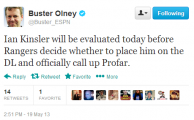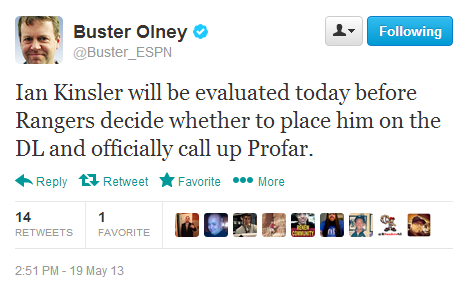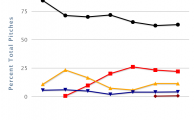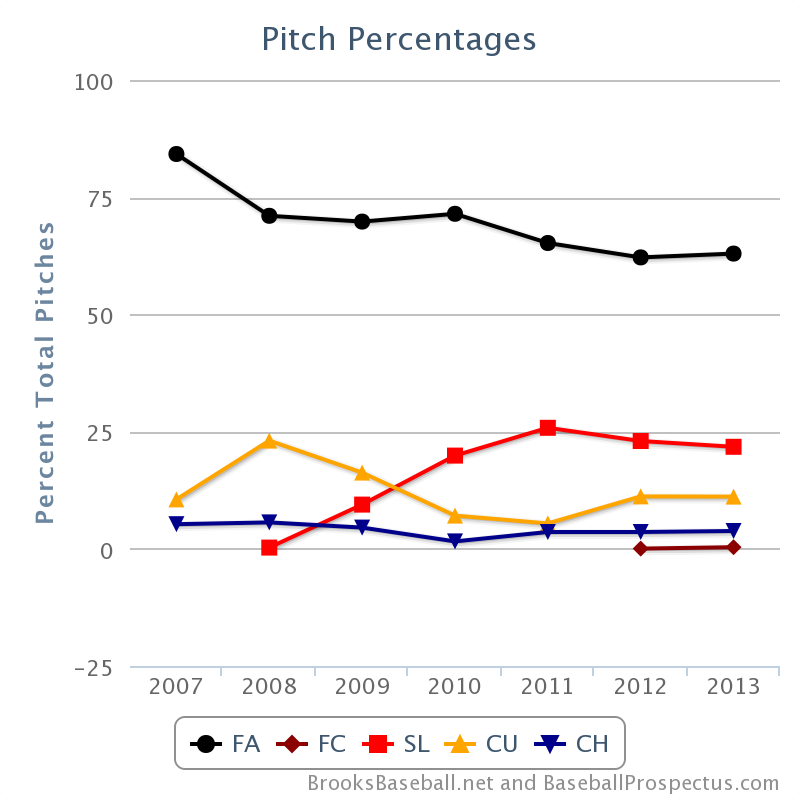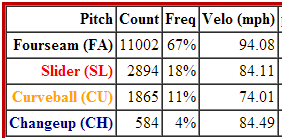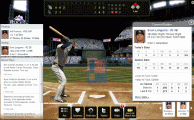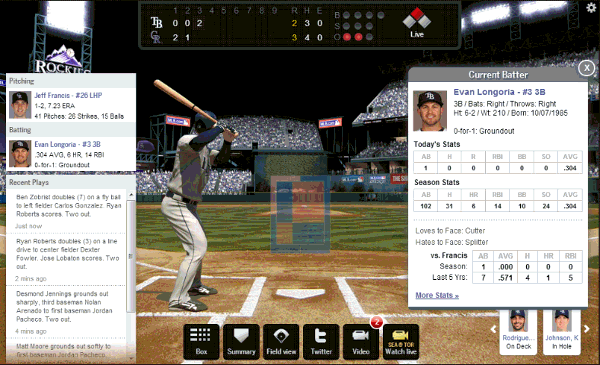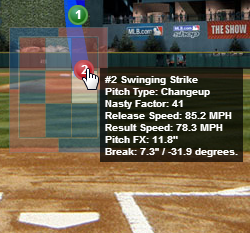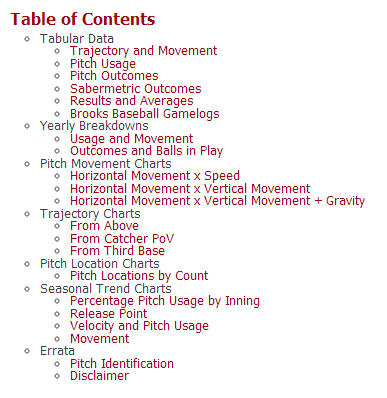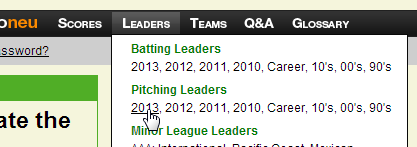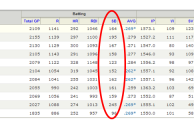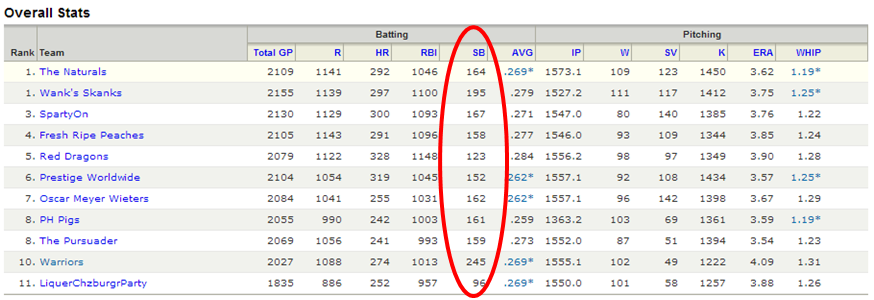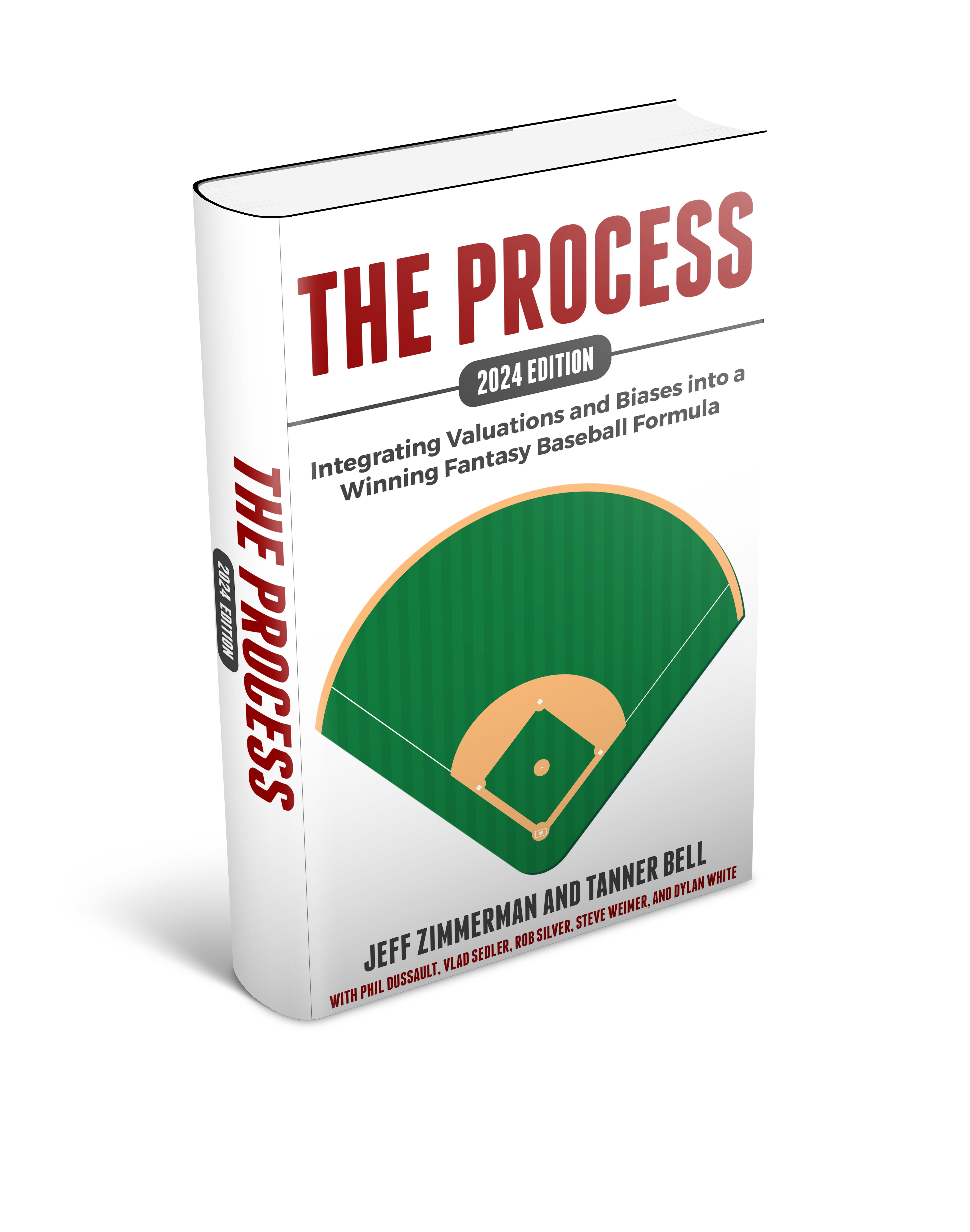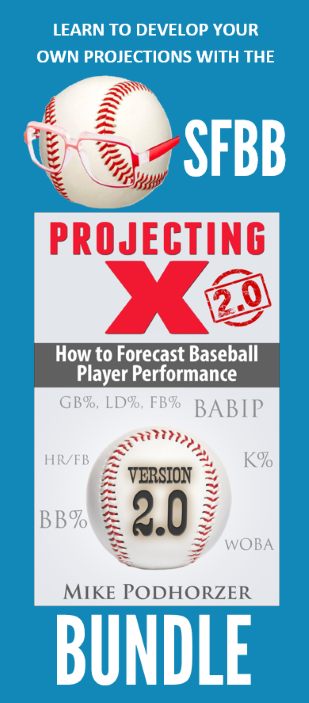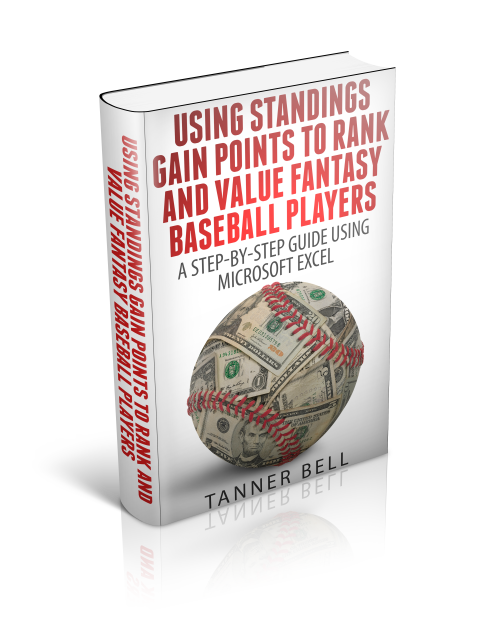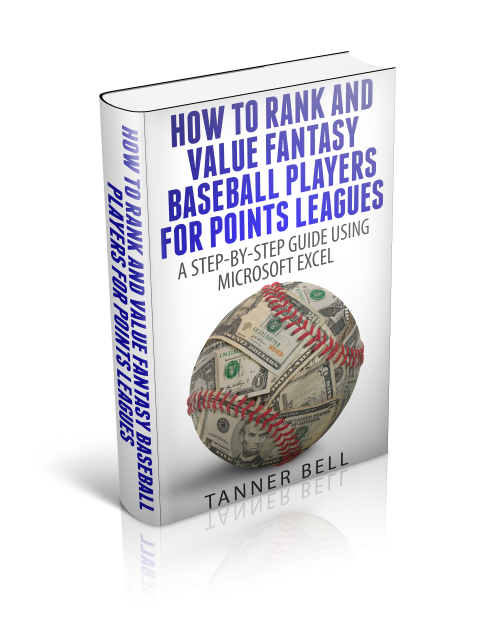Buster Olney just sent sizeable shock waves through the fantasy baseball landscape with this news:
Profar has sense been officially called up to the Texas Rangers. With the amount of buzz being generated by this news, it’s time to revisit the idea that the values of players go through artificial and unfounded changes. With news of his call up, Profar’s value to players in single-year/redraft leagues may never be higher during the 2013 season.
A few things to keep in mind about Profar:
- He’s been touted as the number one prospect in baseball for some time now
- There is often confusion as to what it means to be the number one prospect. This means he’s the best real-life baseball prospect. Position scarcity benefits Profar (playing shortstop). Defensive abilities are a factor in the ranking. These things have no direct effect on our fake baseball teams’ performances.
- He is only 20 years old.
- He’s been roughly a .275-.280 hitter over his 3+ seasons in the minor leagues
- If you take his minor league career average per game numbers and extrapolate them to a 162 game season you come up with 110 R, 16 HR, 80 RBI, 25 SB, 42 doubles.
Year Age Tm Lg G PA AB R H 2B HR RBI SB CS BB SO 2010 17 TEX-min A- 63 288 252 42 63 19 4 23 8 3 28 46 .250 .323 .373 2011 18 TEX-min A 115 516 430 86 123 37 12 65 23 9 65 63 .286 .390 .493 2012 19 TEX-min AA 126 562 480 76 135 26 14 62 16 4 66 79 .281 .368 .452 2013 20 TEX-min AAA 37 166 144 27 40 7 4 19 6 1 21 24 .278 .370 .438 - If you believe he can make a smooth transition to the major leagues, this would put him somewhere in the neighborhood of being a top-eight fantasy shortstop (those numbers are similar to preseason projections for Ben Zobrist, Jimmy Rollins, Asdrubal Cabrera).
- While he’s joining a strong MLB offense, we don’t know where he will bat in the TEX lineup. He’s been batting second in AAA. His spot in the lineup can significantly affect his run and RBI production.
- The move is the result of Ian Kinsler being placed on the DL. Profar may not even have sole ownership of the second base job while Kinsler is out. Ron Washington has stated that he will share time with Leury Garcia.
- When Kinsler returns, the Rangers will still have playing time and lineup issues to sort out. Kinsler has played in 945 career games. He’s played 2B in 944 of them. He’s never played the outfield. He’s never played first base. Mitch Moreland has played the outfield. But he’s only played right field. Nelson Cruz plays right field. He has played a small amount of left field. But not much.
Make An Educated Decision
I’m not saying to avoid Profar. Or to move him if you own him. But there are a multitude of factors that suggest his value may be at an all time high soon after he is called up. There is buzz. It’s “cooler” to own the top young prospect than it is to own an aging veteran like Jimmy Rollins (even if they put up similar numbers).
If you own Profar in a single-year/redraft league, it’s at least worth your time to float him to the league and see what kind of offers arise. If you don’t own him but would like to buy, be aware that his price may be at an all-time high.
Get smart.

